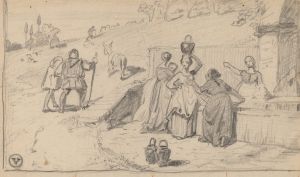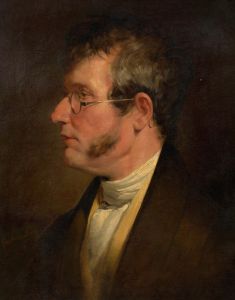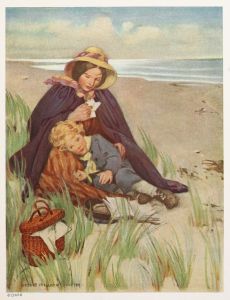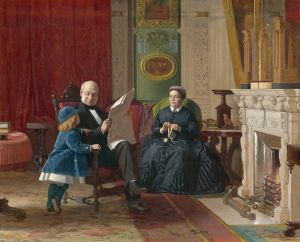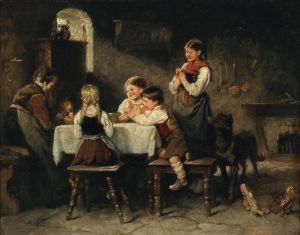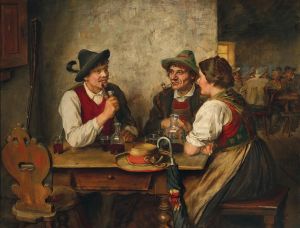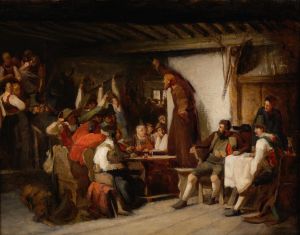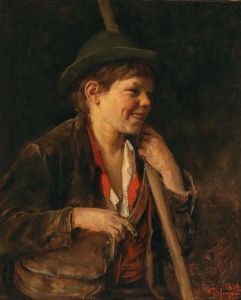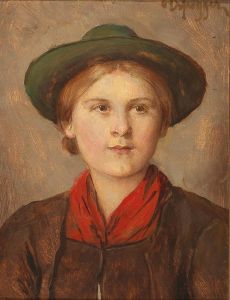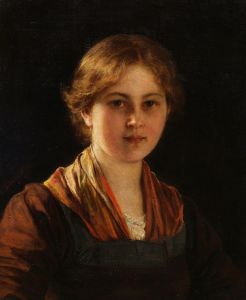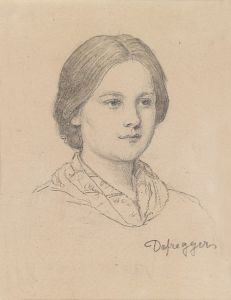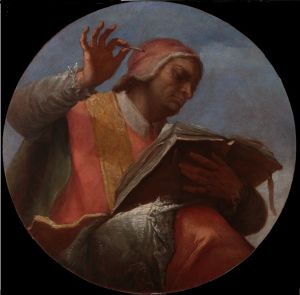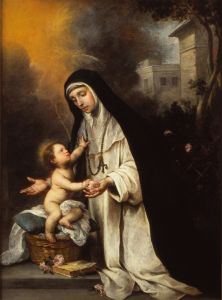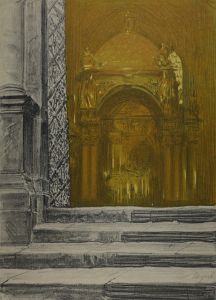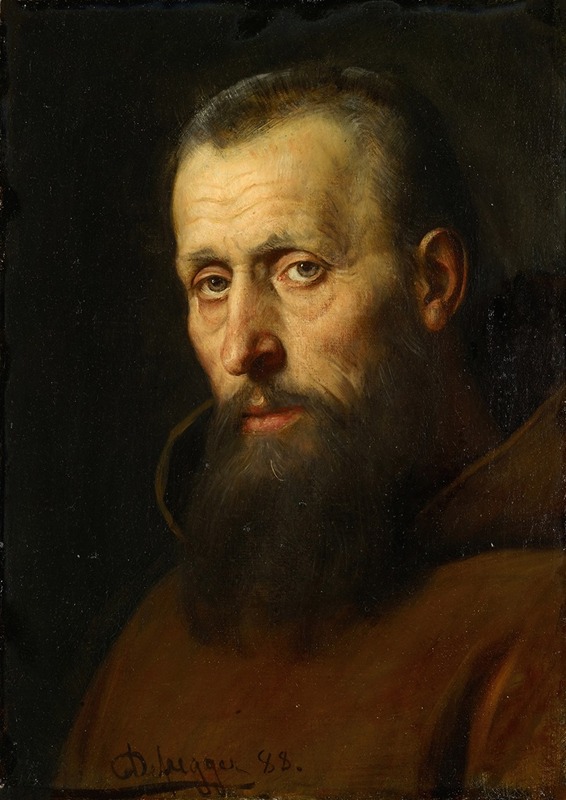
Father Haspinger
A hand-painted replica of Franz von Defregger’s masterpiece Father Haspinger, meticulously crafted by professional artists to capture the true essence of the original. Each piece is created with museum-quality canvas and rare mineral pigments, carefully painted by experienced artists with delicate brushstrokes and rich, layered colors to perfectly recreate the texture of the original artwork. Unlike machine-printed reproductions, this hand-painted version brings the painting to life, infused with the artist’s emotions and skill in every stroke. Whether for personal collection or home decoration, it instantly elevates the artistic atmosphere of any space.
Franz von Defregger was an Austrian painter known for his historical and genre scenes, often depicting Tyrolean themes and characters. One of his notable works is "Father Haspinger," which captures a significant figure from Tyrolean history. The painting portrays Father Joachim Haspinger, a Capuchin friar who played a crucial role in the Tyrolean Rebellion against Napoleonic forces in the early 19th century.
Father Joachim Haspinger was born on October 28, 1776, in the village of St. Martin in Passeier, which is now part of modern-day Italy. He became a Capuchin friar and was known for his fiery sermons and passionate advocacy for Tyrolean independence. During the Tyrolean Rebellion of 1809, Haspinger emerged as a prominent leader alongside Andreas Hofer, another key figure in the resistance against the Bavarian and French troops occupying Tyrol.
The rebellion was part of a larger series of uprisings in the region, fueled by opposition to the changes imposed by the Napoleonic Wars and the subsequent reorganization of territories. Haspinger's involvement in the rebellion was marked by his ability to inspire and rally the Tyrolean peasants and militia. His religious position and charismatic presence made him a symbol of resistance, and he was often seen at the forefront of battles, wielding both spiritual and military influence.
Franz von Defregger's painting captures the essence of Father Haspinger's character and his role in the rebellion. Defregger, born on April 30, 1835, in Stronach, Tyrol, was deeply influenced by the history and culture of his native region. He studied at the Academy of Fine Arts in Munich, where he developed his skills and became part of the Munich School, known for its realistic and detailed approach to painting.
In "Father Haspinger," Defregger employs his characteristic style to depict the friar with a sense of dignity and determination. The painting likely portrays Haspinger in a moment of contemplation or action, reflecting his dual role as a spiritual leader and a military figure. Defregger's attention to detail and ability to convey emotion through his subjects are evident in this work, as in many of his other historical paintings.
The painting serves not only as a representation of Father Haspinger but also as a testament to the broader struggle of the Tyrolean people during a tumultuous period in European history. Through his art, Defregger contributed to the preservation of Tyrolean identity and heritage, celebrating the resilience and courage of figures like Haspinger.
While specific details about the painting's creation, such as its exact date and current location, are not widely documented, "Father Haspinger" remains an important piece within Defregger's oeuvre. It exemplifies his dedication to capturing the spirit of Tyrol and its historical figures, ensuring their stories continue to be remembered and appreciated.





